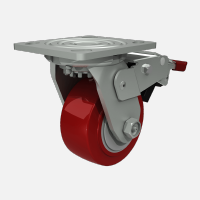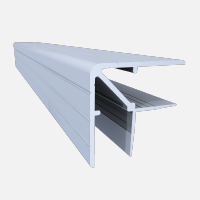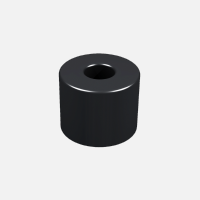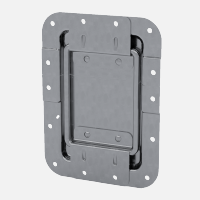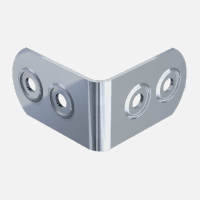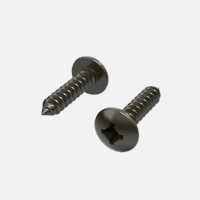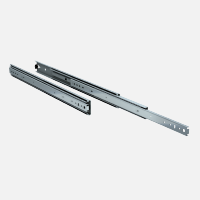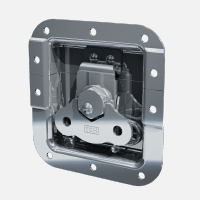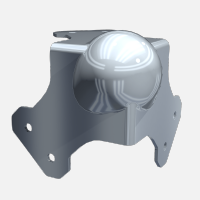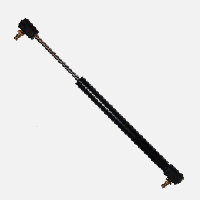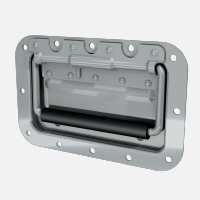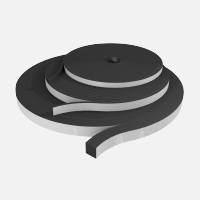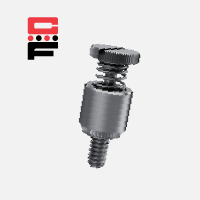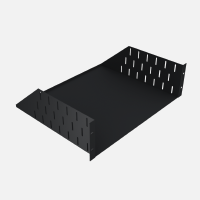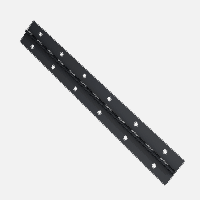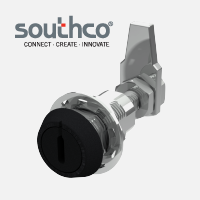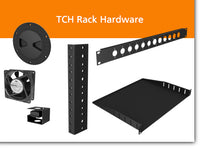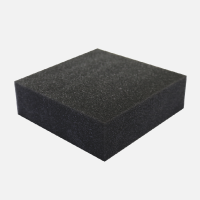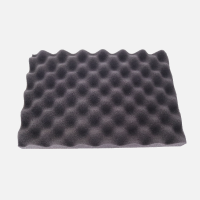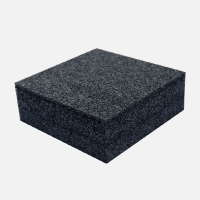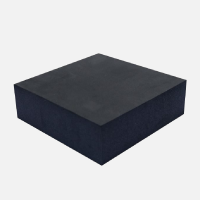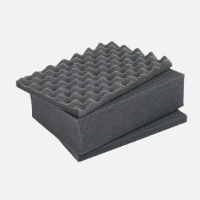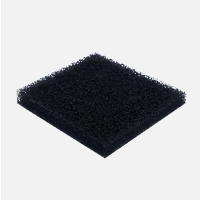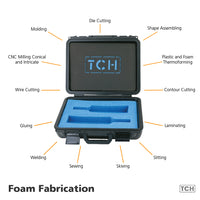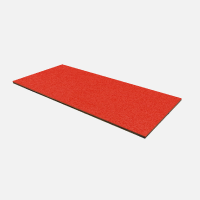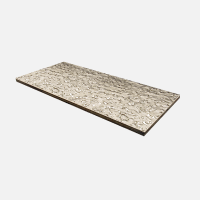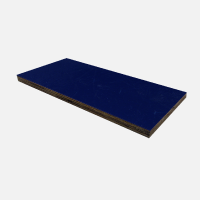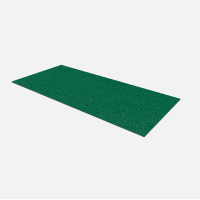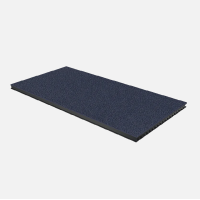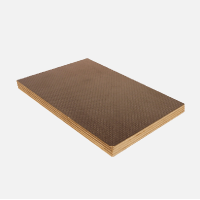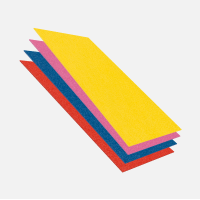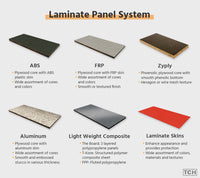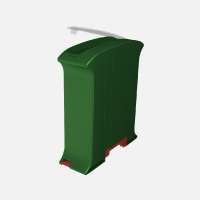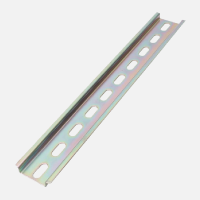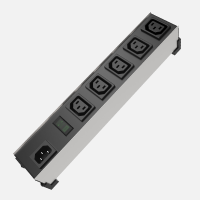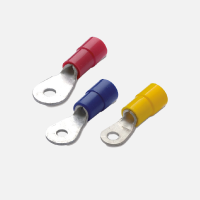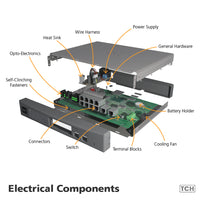Water jet cutting is a sophisticated engineering technique that utilizes the power of high-speed, high-density water under extreme pressure. This water is thrust to nearly 60,000 PSI (400+ MPa) and then channeled through a tiny nozzle with a diameter of just 0.005"(0.1 mm) smaller than the size of a human hair. Once pressurized by a dual-stage intensifier pump, the water accelerates to nearly three times the speed of sound, resulting in a jet with remarkable cutting force.
This method has a broad range of applications. For instance, it's used to slice roofing materials, car dashboards, and bumpers. It also demolishes and cuts concrete structures and shapes aircraft fuselages crafted from innovative materials.
The waterjet is a system of critical components:
- The intensifier Pump pressurizes water from standard city water pressures to a cutting pressure of 60,000 psi.
- Water is pushed through a precise diameter orifice hole in a jewel, typically a ruby or diamond gemstone, at the mixing head. Jewels are among the few materials that can resist intense water jet pressure.
- The cutting table features a 3 or 5-axis CNC-controlled arm holding the nozzle and an underlying catcher tank to trap the waterjet after cutting.
- Waterjets are computer-controlled; the controller manages system operations, motion coordination, and precise nozzle placement with proprietary software.
Waterjet cutting has a broad range of applications. The water pressure and orifice diameter are selected based on the cut material. For instance, it's used for automotive seating, display and cushion packaging, gaskets, retail items, medical, and protective packaging.
Advantage:
1- Optimal Edge Precision:
Waterjet cutting stands unrivaled in delivering top-tier edge quality. Its ability to produce smooth, even, and burr-free edges is precisely why it's the go-to choice for designers and manufacturers.
This exceptional edge quality results from the perfect blend of water velocity, pressure, nozzle dimension, and abrasive flow rate. Often, waterjet cutting eliminates the necessity for additional finishing, leading to significant savings in both time and expense, thereby boosting the productivity of your manufacturing process.
2- Cost Effective
Waterjet cutting proves to be more cost-efficient than conventional cutting techniques due to the reduced expenses associated with fixturing and tooling. Furthermore, its capability to produce items swiftly with minimal waste material results in a more economical production process.
The absence of edge cleanup in waterjet cutting means components are immediately ready for use, curbing labor expenses and heightening productivity. This streamlining of the custom-cutting process not only saves time but also boosts overall operational efficiency.
3- Enhanced Precision with Minimal Cutting Deviations
Cutting tolerance refers to any deviation from the intended cut, measuring the cutting operation's precision (or lack thereof). A reduced tolerance indicates greater accuracy in the cutting process.
Waterjet cutting boasts one of the finest tolerances in the industry. This precision is mainly due to using an excellent water beam for the cut. Moreover, since waterjet cutting operates without generating heat, there's no material melting, further ensuring the accuracy of the amount.
4- No Effects From Heat
Cold-cutting and a non-contact form of processing eliminate all problems that previous cutting caused. The object will not be touched during the cut, so no heat is produced, and there is no alteration to the sheet or color changes. It preserves the integrity of the material throughout the workpiece. The physical and chemical characteristics of the workpiece material will be the same.
5- No Tool Changes Required
Unlike other CNC machining that requires a tool change for different part geometries, waterjet cutting heads operate with one tool.
Water Jet Types
Waterjet kinds are available in many configurations. However, there are two main types of waterjets and two motion control styles.
Cutting methods
- Pure Waterjet Water-only systems (WJ) employ the strength of the high-pressure waterjet cutting beam to cut typically flexible and soft materials precisely into the shapes required. Naturally, materials such as foam, rubber, textiles, plastics, etc., which can be challenging to cut with a mechanical cutting saw and knives, are easily missed by waterjet.
- Abrasive Jet waterjet (AWJ) uses the pure waterjet with garnet abrasive to cut hard materials like metals, ceramics, stone, glass, and glass-fiberLike mechanical sanding, the abrasive stream erodes the workpiece to remove particulate matter, burrs, and materials composites. Like mechanical sanding, the abrasive stream erodes the workpiece to remove particulate matter, burrs, and materials.
Motion Controls
5 Axis
5-axis waterjet systems (also called 3D cutting) can cut at angles up to 60 degrees from vertical and cut to more complex 3D parts, which would otherwise be timely and expensive to machine. Moving the cutting head perpendicular to the cutting surface while rotating on an axis enables the 5-axis system to execute complex cuts like chamfers and bevels, eliminating the secondary operations required to finish a part.
3 Axis
3 Axis Waterjet Cutting (Also called 2-1/2D Cutting) delivers water under ultra-high pressure, usually 60k – 90k, to a cutting head cutting shapes horizontally.
At TCH, We offer a full range of packaging and cutting solutions, from simple foam inserts to complex designs executed by our array of machinery.
5 Axis Water Jet Cutting




